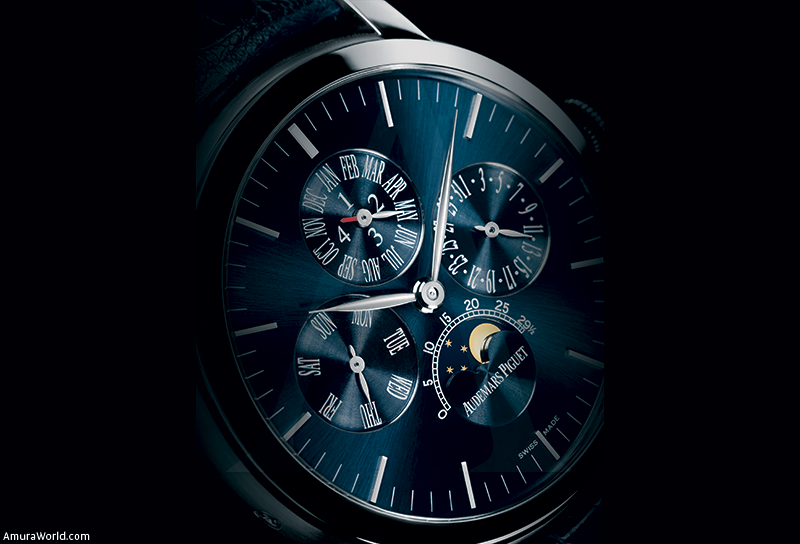Engeniering with Wachtmaking Tradition
How did you get into the World of Horlogerie?
I always liked technical mechanics, automotive mechanics, and aeronautics; I have also lived in many places like Modena, Monaco and Germany. And even though I was very close to cars, my pa-ssion always was technical mechanics.
Living in Southern France, the industry here has always been the watch industry, so it was here where I started Watchmaking School. In 1980 I was the only Horologer, and this happened because no one else wanted to learn Horlogerie because of the crisis of Japanese quartz. I was the only one and it was very fortunate for me also because teachers taught me in a very personalized way.
How is the Reynaud Papi Company Started?
After all the learning, I wanted to get into Haute Horlogerie, so I started working for Audemars Piguet in their specialties lab, that’s where I met Dominique Reynaud, we were young and we wanted to work in making more complicated compilations than the Perpetual Calendar, like the minute repetition for instance. They told us that anything we wanted was possible but we would have to wait 20 years, for us that was not good.
So we understood that wasn’t the only way to create complications so we got out of Audemars and into mi father’s Hacienda so we could work and make this kind of complex Haute Horlogerie.
Are you involved in all the movements for Audemars Piguet, or just on the complex ones?
No, I don’t make all of the watches; the Time Equation is my project. It’s an inside project, for Audemars Piguet the Equation of Time is a great project. The Triple Complication is also an inside project for Audemars Piguet. The rest of the complications are mine.
How was the fusion made between watchmaking traditions and today’s technology?
We have computers in our studio; it helps us make a better watch a lot faster. It also helps making more precise components. But the finishing touches and the decoration details are all hand made, because the most beautiful detailing are still hand made.
Is someday there’s a machine that can make detailing more beautiful than hand made ones, I will take that machine. The objective is to make the most beautiful finishes, now a days we need and expert hand to make all the montage, and not just the hand, but the intelligence to mount the regulations as well.
What elements do you consider to create your movements: is it technology, fashion, or whatever is next, what is it?
A little bit of everything, technology, aesthetics (influenced by fashion, shapes and colors), one example can be carbon fiber that is very popular because it’s been many years in Formula 1, and technology uses this material in bicycles or racquets, so people are used to it. This way it’s considered as fashion and technological, but it’s all influenced by fashion.
It’s been mentioned in several circles that at Reynaud Papi you are trying to break with the 19th century Horlogerie. How are you doing this?
We broke our classic Horlogerie scheme. We had a dream of making Haute Horlogerie watches; Haute Horlogerie is not just classic for us, its technology with new materials and well done details. If we take a watch from 100 year ago, it was a watch with a lot of technology, now days we use these elements but they’re no longer technological. Therefore the spirit of Haute Horlogerie has to be very technologic.
Is there any movement that stands out from your creations, one that you like the most?
Every watch is different, so they really can’t compete, even though the complications that I like the most are the Sonneria and the Minute Repetition.
What are you working on for the future?
I’m working on Audemars Piguet’s future, it will always be watches though, and they will be similar, classic and modern. With better technology but more elegant.
Text: Enrique Rosas ± Photo: Rodrigo Hernández, Cortesía Audemars Pihuet.


